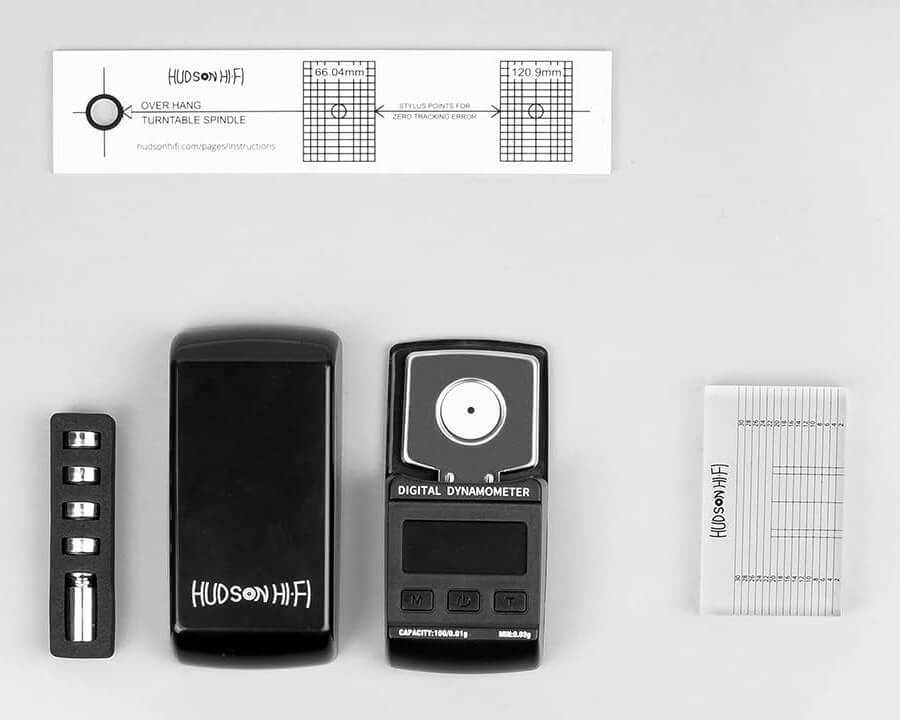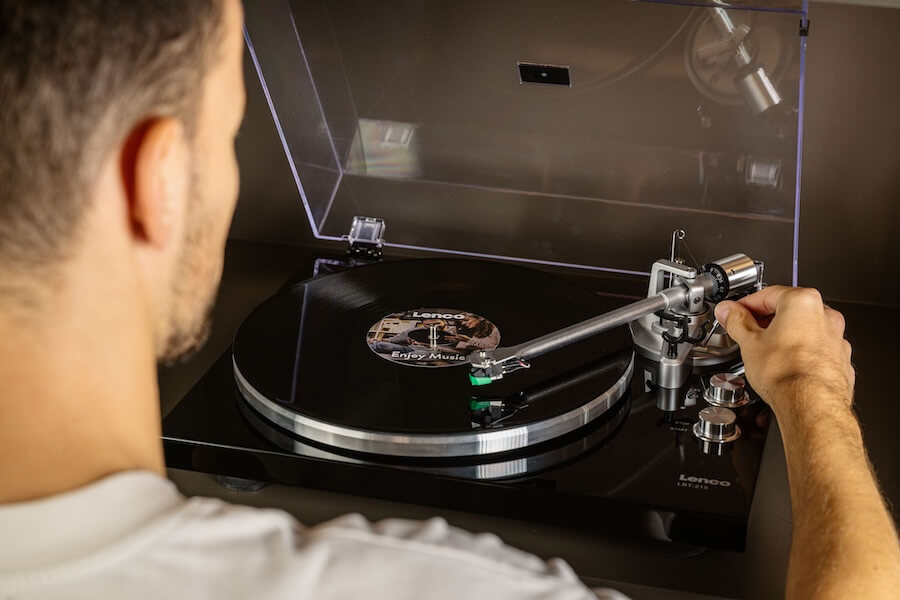Unlike digital audio, which is basically plug, play, and pray your Wi-Fi doesn’t crap out mid-stream, vinyl playback is a different beast entirely. You don’t just drop a needle and expect magic. That magic depends—often frustratingly—on how well your phono cartridge is set up. And if this is your first turntable, there’s a decent chance it’s not quite right.
We’ve spent the last decade romanticizing vinyl to a whole new generation—“warmth,” “ritual,” “tactile experience,” blah blah blah—but now that the needle’s on the record, the honeymoon’s over. Our inbox is overflowing with complaints: muddy sound, distortion, bass that disappears faster than a bartender at last call.
Here’s the hard truth: it’s probably not your amp, or your speakers, or the pressing. It’s your cartridge setup. Azimuth, VTA, tracking force, alignment—it all matters. Nail it, and vinyl delivers that full-bodied, three-dimensional sound we all rave about. Get it wrong, and you’re left wondering why your $35 reissue sounds like a wet sock being dragged across sandpaper.
So yeah, digital is easier. But if you’re in this for the long haul, it’s time to learn how to make your analog front-end work the way it should.
We’ve devoted a lot of space to audiophile turntables, phono pre-amplifiers, and all of the accessories you might need to maximize your experience but not enough attention has been paid to phono cartridge setup.

Setting up your phono cartridge properly isn’t just some audiophile ritual—it’s essential. Get it wrong, and you’re not only killing the sound, you’re also shaving years off the life of your stylus and damaging your records in the process. And that’s not hyperbole—that’s just physics and friction working against you.
That last part? Even more important than you think. Because while you’re basking in the romance of crate-digging for that “vintage” Miles Davis LP at a garage sale or local shop, what you’re really buying is a time capsule full of gunk: dust, smoke, hair (both pet and human), and other mystery fluids best left unnamed. Every one of those particles acts like sandpaper when your stylus hits the groove.
And don’t even get me started on the scratches and edge dings. If you’re dropping a $500 cartridge onto a $3 copy of Rumours that smells like an ashtray and hasn’t seen a record brush since the Carter administration, you’re not preserving history—you’re destroying both your gear and the music.
Clean your records. Set up your cartridge right. And treat your analog rig like the precision tool it is—not a thrift store toy.
Why Cleaning Your Records (Even the New Ones) and Proper Cartridge Setup Actually Matter
You’d think a “brand new” record would be clean straight out of the sleeve. Spoiler: it’s not. Pressing plants aren’t sterile environments. Between the leftover compounds from the pressing process and whatever dust settles during packaging, your shiny new LP is already wearing a light coat of sonic sabotage. So yes—clean your records. All of them.
Now, about that turntable you just unboxed with the pre-installed cartridge. Manufacturers say it’s “factory aligned,” but that’s not a free pass to skip setup. Tracking force, anti-skate, and counterweight still need your attention. Skipping this step is like driving off the lot without adjusting the mirrors—dangerous and dumb.
Follow the manual. Read articles like this. Save yourself the frustration and preserve your stylus in the process.
And if you’re thinking of upgrading your cartridge later, don’t just buy the shiniest thing in the catalog. Not every cartridge plays nice with every tonearm. Compatibility matters, and your ears (and wallet) will thank you for doing a little homework first.
Choose the right tonearm: Select a tonearm that is compatible with the cartridge you have chosen, and has the right effective mass, compliance, and overhang to work optimally with your cartridge.
Mount the cartridge: Follow the manufacturer’s instructions for mounting the cartridge to the tonearm. Ensure that the cartridge is mounted securely and aligned properly, with the correct azimuth, overhang, and vertical tracking angle.

Balance the tonearm: The tonearm must be balanced so that it remains level when tracking a record. This involves adjusting the counterweight until the tonearm floats freely with the cartridge in place.
Choose the right stylus force: The correct stylus force will depend on the cartridge you have, but typically, it’s between 1.5 and 2.5 grams. Check the manufacturer’s specifications for the recommended force and use a stylus force gauge to set it accurately.
Align the cartridge: Aligning the cartridge correctly is important for optimal sound quality and to prevent damage to your records. This includes ensuring that the cartridge is parallel to the record, and the stylus is centered over the groove. There are several popular alignment protractors available to help you with this step.

Adjust anti-skating: Anti-skating helps prevent the stylus from skating towards the center of the record, causing unequal wear on the record and affecting sound quality. The anti-skating force should be set to the same value as the tracking force.
Connect to the preamp: Finally, connect the cartridge to a phono preamp, which amplifies the cartridge’s low-level output signal to line-level.
Calibrate the phono stage: Adjust the phono preamp’s gain, impedance, and capacitance to match your cartridge’s specifications.
Check the stylus condition: Regularly inspect the stylus for signs of wear and replace it as needed. A worn stylus can cause damage to your records and degrade the sound quality.
The Bottom Line
It doesn’t matter if you are a casual listener or deeply invested in your record collection — proper phono cartridge set-up is critical to enjoying the vinyl listening experience.
And it doesn’t matter if you are using an entry-level turntable or a state-of-the-art turntable like the $18,000 Kuzma Stabi R with a $5,000 Hana MC — the same setup issues apply to the tonearm and cartridge.
The best turntables in the world can sound amazingly average if the cartridge is not properly installed.
